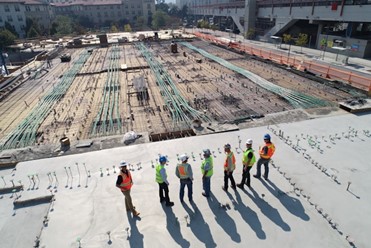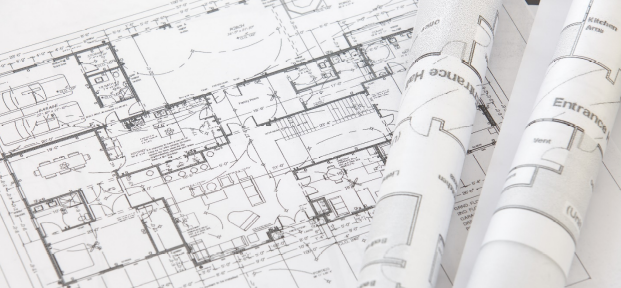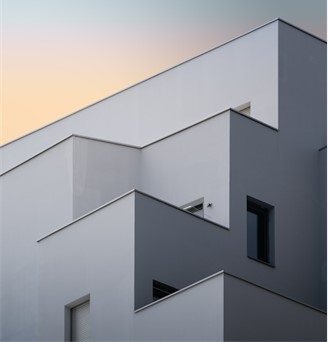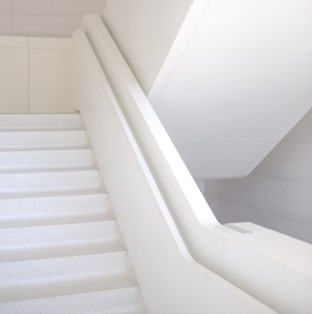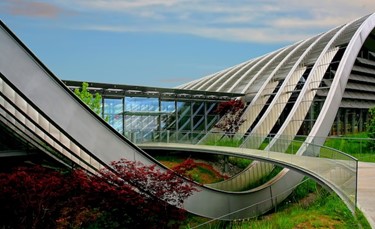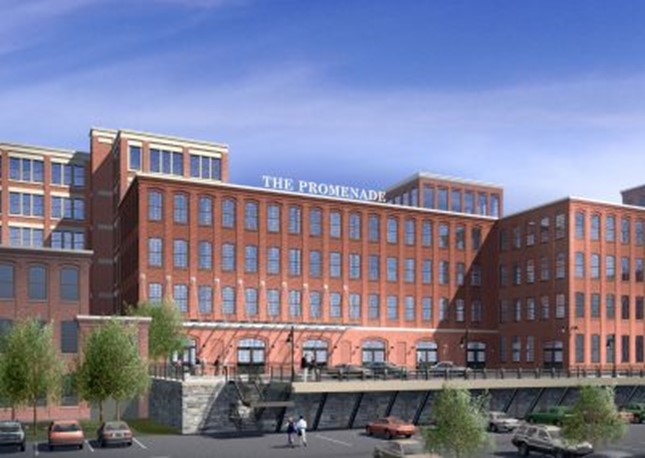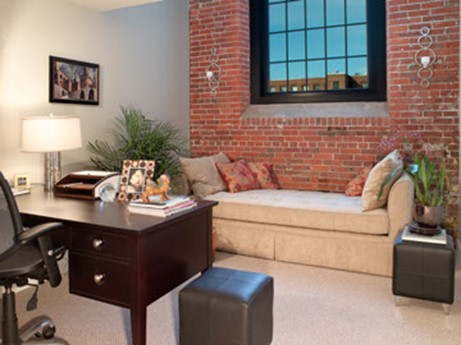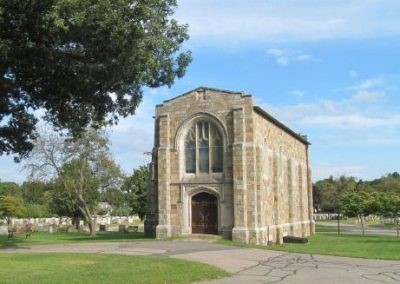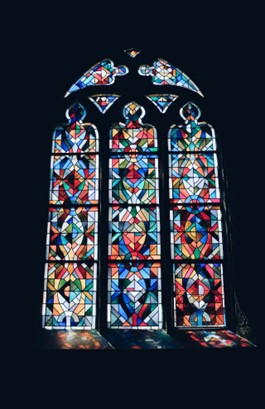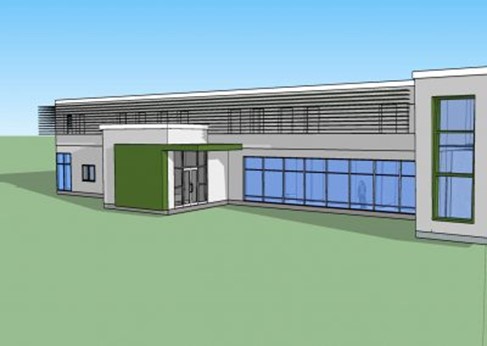In the complex realm of construction projects, managing the various facets—from planning and budgeting to execution and completion—requires expertise, coordination, and meticulous oversight. Owner’s Project Managers (OPMs) play a pivotal role in ensuring that these endeavors progress smoothly, adhering to timelines, budgets, and quality standards. David DeQuattro explores the critical responsibilities and benefits of hiring an OPM, highlighting their essential role in achieving project success.
Project Managers Ensure Success
Owner’s Project Managers are professionals hired by property owners to represent their interests throughout the construction process. They serve as the liaison between the owner and the project team, ensuring that all aspects of the project align with the owner’s vision, goals, and requirements. Here are the key responsibilities OPMs undertake:
Project Oversight and Coordination
OPMs provide comprehensive oversight and coordination across all project phases:
- Strategic Planning: Collaborating with stakeholders to define project objectives, scope, and timelines.
- Team Selection: Assisting in the selection of architects, engineers, contractors, and subcontractors based on expertise and project requirements.
- Contract Negotiations: Reviewing and negotiating contracts to ensure terms align with the owner’s interests and mitigate risks.
Cost Control and Budget Management
Managing project finances is a core responsibility of OPMs to prevent cost overruns and maintain budgetary discipline:
- Budget Development: Developing realistic project budgets that account for materials, labor, permits, and unforeseen contingencies.
- Cost Monitoring: Tracking expenditures, conducting financial audits, and implementing cost-saving measures without compromising quality.
Schedule Management and Timeline Adherence
Ensuring projects adhere to established timelines is crucial for timely completion and operational readiness:
- Scheduling: Developing project schedules, setting milestones, and monitoring progress to prevent delays.
- Conflict Resolution: Addressing scheduling conflicts, coordinating activities among contractors, and facilitating efficient workflow.
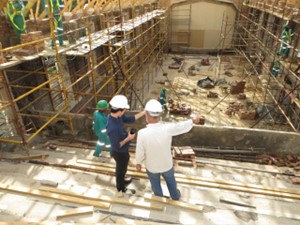
Quality Assurance and Compliance
Maintaining high standards of construction quality and regulatory compliance is paramount for OPMs:
- Quality Standards: Implementing quality assurance programs, conducting inspections, and ensuring adherence to building codes and industry standards.
- Permitting and Regulatory Compliance: Facilitating permit applications, environmental assessments, and compliance with local, state, and federal regulations.
Benefits of Hiring an Owner’s Project Manager
The expertise and proactive management provided by OPMs yield numerous benefits for property owners and stakeholders:
- Risk Mitigation: OPMs identify and mitigate potential risks early in the project lifecycle, minimizing disruptions and costly delays.
- Cost Efficiency: Effective cost control measures and strategic budget management help optimize resource allocation and maximize project value.
- Improved Communication: Serving as a central point of contact, OPMs foster clear communication among project stakeholders, promoting collaboration and alignment.
OPM in Large-Scale Infrastructure Projects
For large-scale infrastructure projects like airports or stadiums, OPMs are instrumental in orchestrating complex construction activities. They ensure seamless coordination between design teams, contractors, and regulatory agencies, delivering projects that meet functional requirements and stakeholder expectations.
Conclusion
Owner’s Project Managers play a pivotal role in navigating the intricacies of construction projects, from inception to completion. By providing strategic oversight, cost-effective management, and ensuring adherence to quality and regulatory standards, OPMs safeguard project success and optimize outcomes for property owners. Their expertise in project coordination, budget control, schedule management, and quality assurance makes them indispensable assets in achieving construction goals efficiently and effectively.
As the construction industry continues to evolve with technological advancements and regulatory complexities, the role of Owner’s Project Managers remains indispensable in driving project excellence and delivering tangible results. By understanding their pivotal responsibilities and leveraging their expertise, property owners can navigate construction challenges with confidence, ensuring the realization of their vision and objectives with each project undertaken.

